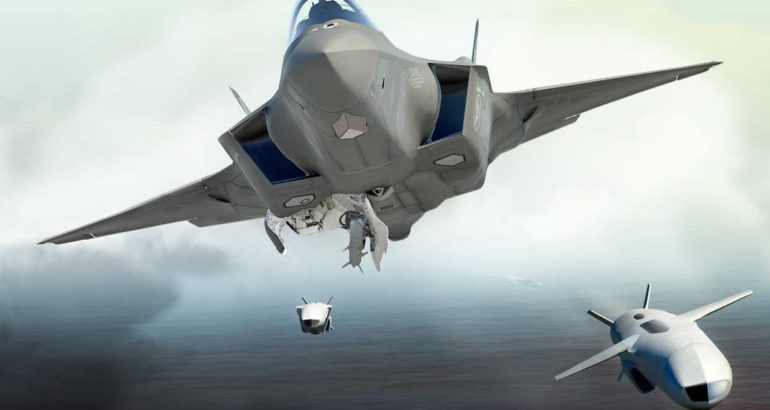The Indian Air Force (IAF) confirmed a crash involving a Sukhoi Su-30MKI aircraft in Maharashtra’s Nashik district. This aircraft is the only Sukhoi combat model operated by the IAF. Local reports, based on eyewitness accounts, indicated that the wreckage was dispersed over a 500-meter radius. Both pilots, Wing Commander Bokil and his co-pilot Biswas, successfully ejected and sustained only minor injuries. They are currently being treated at the HAL hospital. The aircraft caught fire post-crash, but the flames were quickly extinguished.
IAF sources revealed that the aircraft was undergoing post-overhaul flight testing under the management of Hindustan Aeronautics Limited (HAL). After this phase, it was to be returned to the IAF for operational duties. The IAF operates around 260 Su-30 MKI fighters, developed by Russia's Sukhoi and built under license by HAL. This multi-role fighter is well-regarded for its versatility, advanced avionics, and combat capabilities.
The IAF is currently upgrading its Su-30 MKI fleet to enhance operational effectiveness. Key upgrades include the integration of the BrahMos-A supersonic cruise missile, significantly boosting the aircraft’s strike power. Additionally, the avionics suite is being modernized with advanced radar systems, electronic warfare capabilities, and improved navigation and communication systems to keep the aircraft technologically advanced. Other upgrades aim to improve the overall performance and maintainability of the aircraft, focusing on engines, airframe, and critical systems to extend service life and reliability.
Sukhoi Su-30MKI Overview:
The Su-30MKI, a multi-role air superiority fighter developed by Russia’s Sukhoi and built by India’s HAL, is a variant specifically tailored for the IAF. It measures 21.9 meters in length, 14.7 meters in wingspan, and 6.4 meters in height, with a maximum takeoff weight of approximately 38,800 kilograms. Its propulsion system comprises two AL-31FP turbofan engines with thrust vectoring nozzles, each generating 27,557 pounds-force. The aircraft can achieve speeds up to Mach 2 and has a range of 3,000 kilometers without refueling. The thrust vectoring capability enhances its agility in combat.
The Su-30MKI features advanced technical characteristics, including a digital fly-by-wire system, canards, and thrust vectoring nozzles for improved maneuverability. It has a maximum operational ceiling of 17,300 meters and a rate of climb of 230 meters per second. The sophisticated avionics suite includes the N011M Bars radar, a passive electronically scanned array radar capable of tracking multiple targets simultaneously, along with a head-up display, multifunctional displays, and a digital map generator, providing comprehensive situational awareness.
Equipped with a variety of systems for multirole capabilities, the Su-30MKI includes an electronic warfare suite, an infrared search and track system, and a laser rangefinder and target designator for precision targeting. Its armament includes R-77 and R-73 air-to-air missiles, Kh-29 and Kh-59 air-to-ground missiles, and guided bombs like the KAB-500, as well as a 30 mm GSh-30-1 cannon for close-range combat.

:quality(70)/cloudfront-us-east-1.images.arcpublishing.com/archetype/K7WPTFMEUBEH3P2UDRH6IWZMSY.jpg)
:quality(70)/cloudfront-us-east-1.images.arcpublishing.com/archetype/YKD2PWYH3ZCELI54G5COAIIVAM.png)
:quality(70)/cloudfront-us-east-1.images.arcpublishing.com/archetype/KBLXIZ3BJZCEZKDWO26CGV473Q.jpg)


